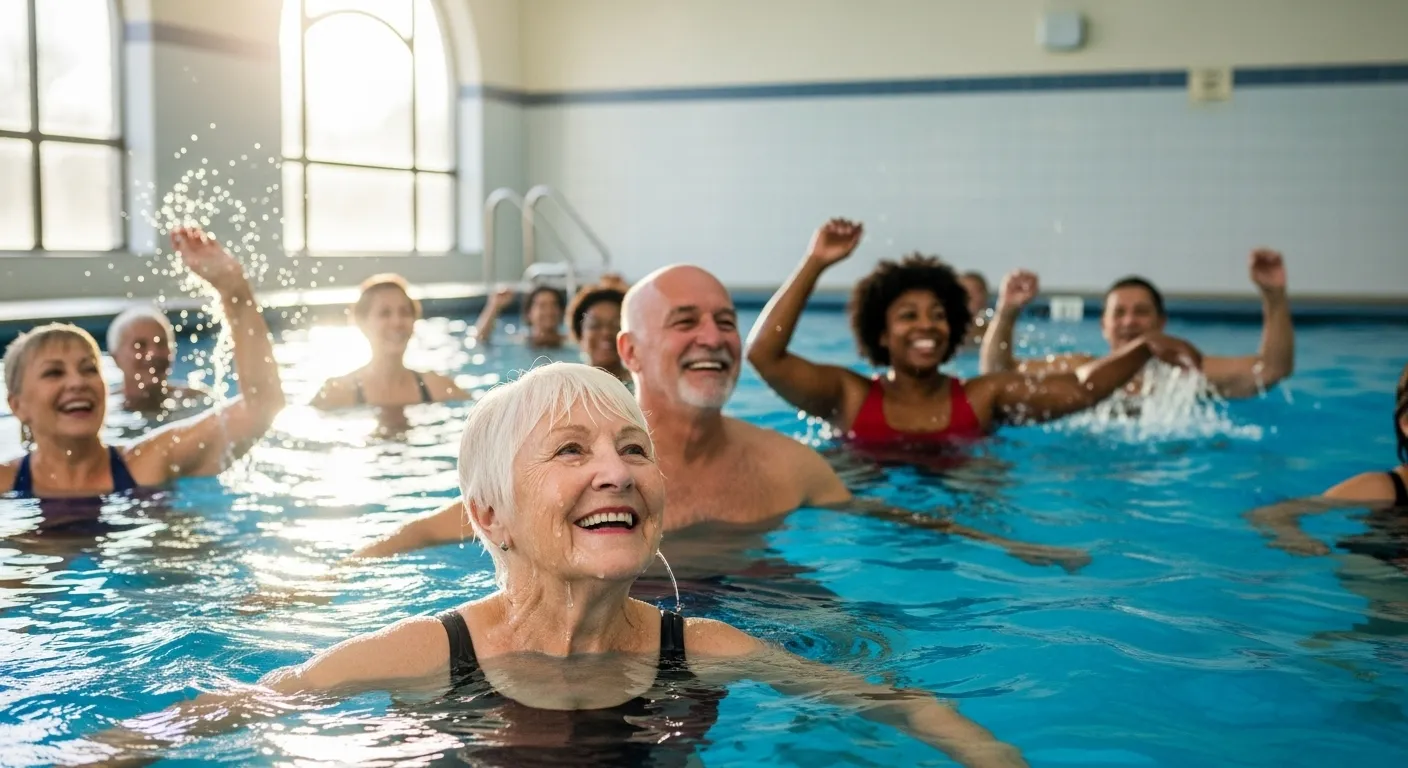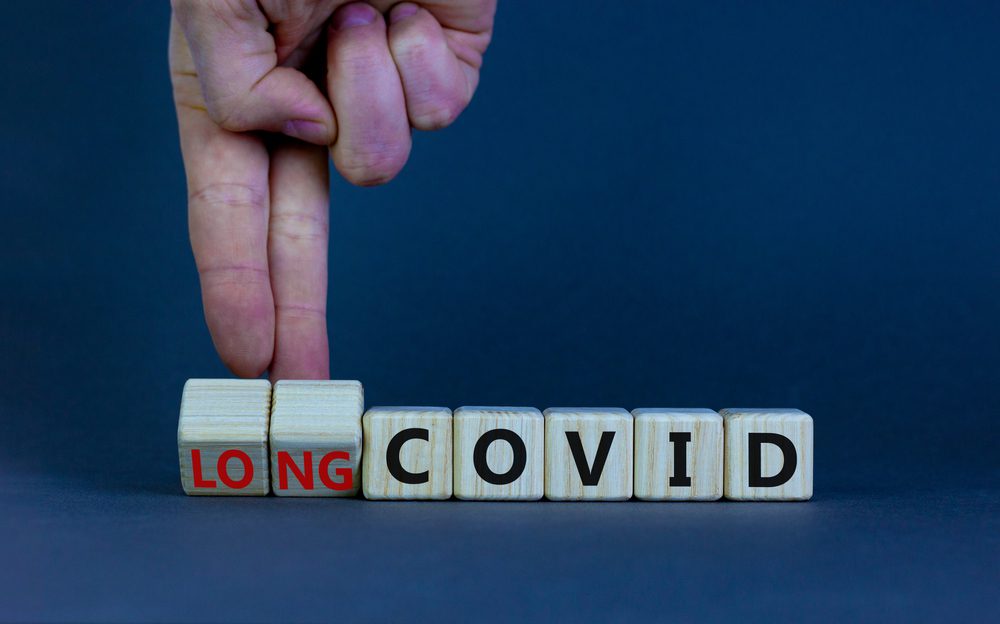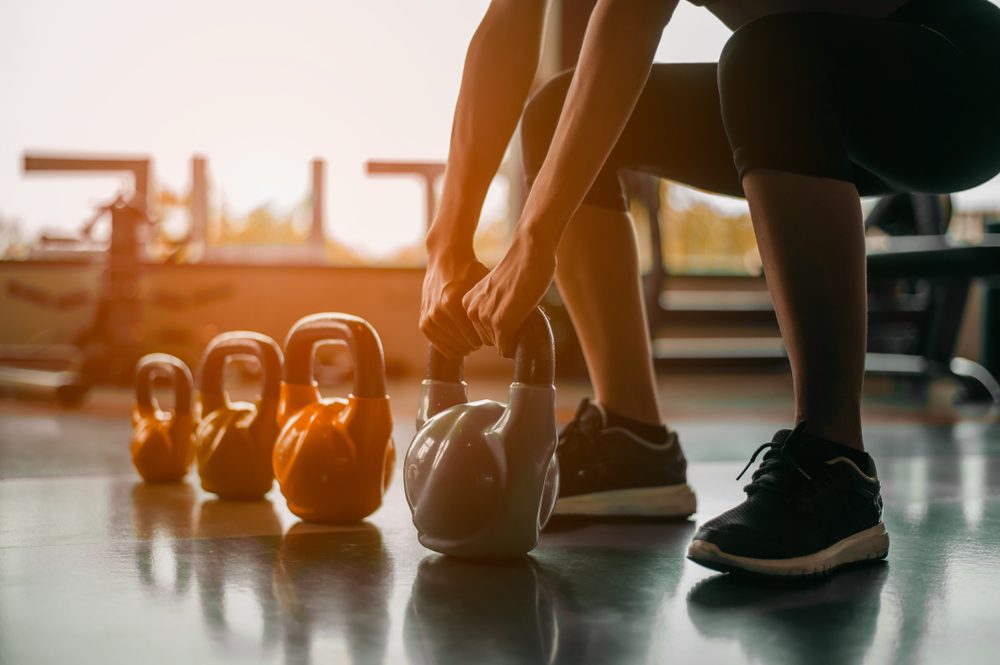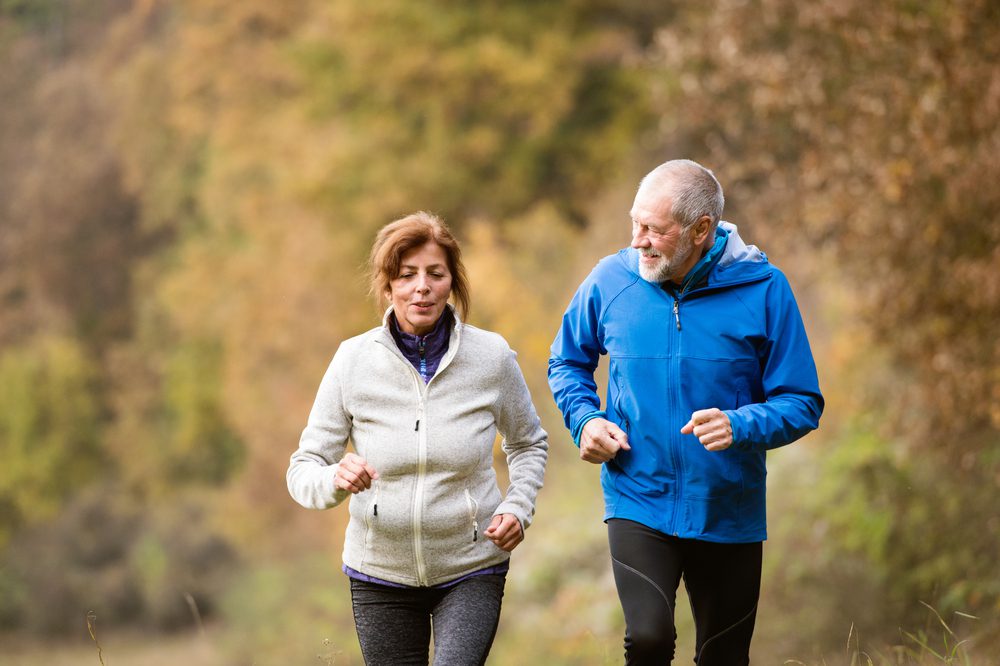4. Get Moving with Gentle, Effective Exercise
Why Movement is Medicine for Your Heart
Regular physical activity is like a workout for your entire cardiovascular system. When you exercise, you strengthen your heart muscle. A stronger heart can pump more blood with less effort. As a result, the force on your arteries decreases, which lowers your blood pressure. For seniors, the benefits extend even further, improving balance to prevent falls, boosting mood, and maintaining independence. It’s one of the most powerful things you can do for your health.
Top 5 Gentle Exercises to Reduce Blood Pressure
You don’t need to run a marathon to reap the benefits. The key is consistency with moderate-intensity activities. Here are some excellent, joint-friendly options:
Brisk Walking: This is the most accessible and recommended exercise. All you need is a good pair of shoes. Aim for a pace where you can still hold a conversation but are breathing a bit heavier than normal.
Swimming or Water Aerobics: The water supports your body, taking the stress off your joints while providing gentle resistance. It’s a fantastic full-body workout that’s both effective and enjoyable.
Cycling: Whether on a stationary bike at home or a leisurely ride through a park, cycling is a great low-impact aerobic exercise that gets your heart pumping.
Chair Yoga: This wonderful adaptation of yoga allows you to enjoy the benefits of stretching, breathing, and mindfulness while being safely supported by a chair. It improves flexibility and reduces stress, both of which help with blood pressure.
Tai Chi: Often described as “meditation in motion,” this ancient practice involves slow, flowing movements. It’s proven to reduce stress, improve balance, and lower blood pressure.
Signs Your Routine is Working
The first thing you’ll notice is an improvement in your mood and energy levels. Over a few weeks and months, you’ll see your stamina increase. Your resting heart rate may decrease, and you’ll see a gradual, positive trend in your blood pressure readings. These are all signs that your heart is getting stronger and more efficient.
How to Easily Start a Routine
The goal is to aim for at least 150 minutes of moderate-intensity exercise per week, but you don’t have to do it all at once. Start with just 10-15 minutes a day and build from there. Schedule your walks or workouts in your calendar just like any other important appointment. Finding a friend to join you can make it more fun and keep you accountable.
What to Consider
Before starting any new exercise program, it’s essential to get clearance from your doctor. They can provide personalized advice based on your health status. Always remember to warm up before you start and cool down afterwards to prevent injury. Most importantly, listen to your body. It’s okay to take a rest day.




















